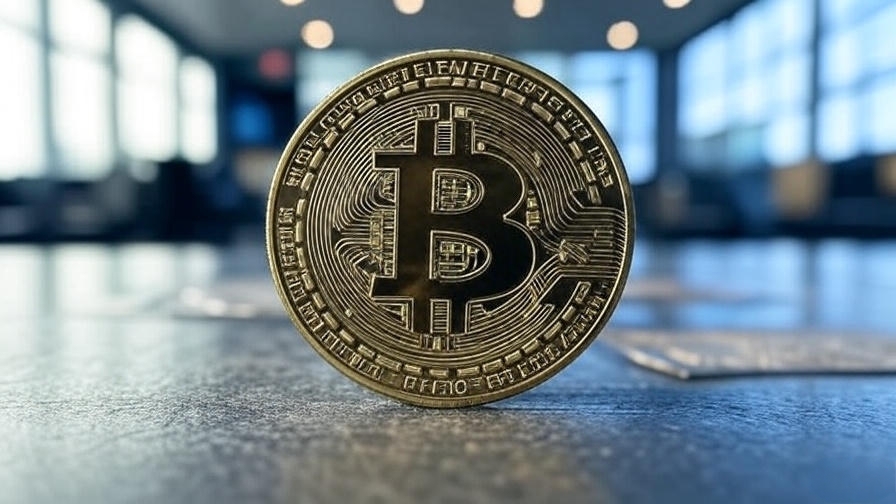The world of cryptocurrencies has transformed from a niche tech experiment into a global financial phenomenon. By 2025, the cryptocurrency market has solidified its place in mainstream finance, with a total market capitalization exceeding $3 trillion and a user base approaching 1 billion people worldwide. Whether you’re a beginner curious about digital currencies or an investor seeking opportunities, understanding the top cryptocurrencies is essential. This blog dives into the top 10 cryptocurrencies in 2025, ranked by market capitalization, exploring their features, use cases, strengths, weaknesses, and future potential. We’ll keep it simple, engaging, and packed with insights to help you navigate the exciting yet complex crypto landscape.
𝗪𝗵𝗮𝘁 𝗔𝗿𝗲 𝗖𝗿𝘆𝗽𝘁𝗼𝗰𝘂𝗿𝗿𝗲𝗻𝗰𝗶𝗲𝘀?

Before we dive into the list, let’s clarify what cryptocurrencies are. Cryptocurrencies are digital or virtual currencies that use cryptography for security and operate on decentralized networks called blockchains. A blockchain is a transparent, immutable ledger that records transactions across a network of computers, ensuring trust without a central authority like a bank or government. Cryptocurrencies serve various purposes, from acting as digital money to powering decentralized applications (DApps) and facilitating smart contracts.
The crypto market in 2025 is buzzing with innovation, driven by institutional adoption, regulatory clarity, and technological advancements like decentralized finance (DeFi), non-fungible tokens (NFTs), and Web 3.0. With thousands of cryptocurrencies available, we’ve curated the top 10 based on market capitalization, utility, and real-world impact, as of June 2025 data.
𝗧𝗼𝗽 𝟭𝟬 𝗖𝗿𝘆𝗽𝘁𝗼𝗰𝘂𝗿𝗿𝗲𝗻𝗰𝗶𝗲𝘀 𝗶𝗻 𝟮𝟬𝟮𝟱
𝟭. 𝗕𝗶𝘁𝗰𝗼𝗶𝗻 (𝗕𝗧𝗖) – 𝗧𝗵𝗲 𝗗𝗶𝗴𝗶𝘁𝗮𝗹 𝗚𝗼𝗹𝗱
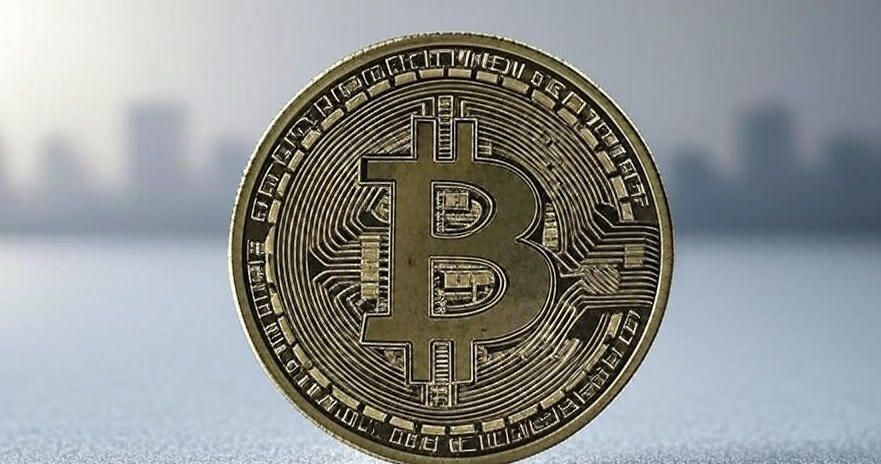
✓ Market Cap: ~$1.92 trillionPrice: ~$105,822 (as of June 2025)
✓ Key Features: Decentralized, fixed supply of 21 million coins, proof-of-work (PoW) consensus.
✓ Use Cases: Store of value, hedge against inflation, cross-border payments, institutional investment.
Bitcoin, created in 2009 by the mysterious Satoshi Nakamoto, remains the undisputed king of cryptocurrencies. Often called “digital gold,” Bitcoin’s value stems from its limited supply and decentralized nature. In 2025, Bitcoin’s market cap dominates, nearly double that of the second-largest crypto, Ethereum. Its price surged past $100,000 in December 2024, fueled by institutional investments, Bitcoin ETF approvals, and adoption as legal tender in countries like El Salvador.
✓ Why It Stands Out:
• Scarcity: With only 21 million BTC ever to be mined, Bitcoin is seen as a hedge against inflation, especially in uncertain economic times.
• Institutional Backing: Companies like Tesla and MicroStrategy hold significant BTC, and the U.S. government includes it in its strategic crypto reserve.
• Global Adoption: Bitcoin is accepted by thousands of merchants worldwide and used for remittances and investments.
✓ Challenges:
• Energy Consumption: Bitcoin’s PoW consensus consumes significant energy, raising environmental concerns.
• Scalability: Slow transaction speeds and high fees compared to newer blockchains.
• Volatility: Prices can fluctuate dramatically, as seen with a dip from $107,000 in January 2025 to $84,000 in March.
✓ Future Outlook: Bitcoin’s role as a store of value and its increasing integration into traditional finance make it a cornerstone of any crypto portfolio. Analysts predict a price range of $80,440 to $185,000 in 2025, depending on market momentum and regulatory developments.
𝟮. 𝗘𝘁𝗵𝗲𝗿𝗲𝘂𝗺 (𝗘𝗧𝗛) – 𝗧𝗵𝗲 𝗦𝗺𝗮𝗿𝘁 𝗖𝗼𝗻𝘁𝗿𝗮𝗰𝘁 𝗣𝗶𝗼𝗻𝗲𝗲𝗿

✓ Market Cap: ~$329.5
✓ billionPrice: ~$2,736 (as of February 2025)
✓ Key Features: Smart contracts, proof-of-stake (PoS), decentralized applications (DApps).
✓ Use Cases: DeFi, NFTs, gaming, token creation.
Ethereum, launched in 2015 by Vitalik Buterin, is the leading platform for smart contracts—self-executing agreements coded on the blockchain. Ethereum’s ecosystem hosts thousands of DApps, from DeFi protocols to NFT marketplaces, making it the backbone of Web 3.0. Its shift to PoS in 2022 reduced energy consumption, enhancing its appeal.
✓ Why It Stands Out:
• Versatile Ecosystem: Ethereum powers DeFi projects like Uniswap and NFT platforms like OpenSea.
• Developer Adoption: A vast developer community ensures continuous innovation.
• Price Growth: From $2.83 in 2015 to $2,435.87 in June 2025, ETH has grown over 85,000%.
✓ Challenges:
•. High Gas Fees: Transaction costs can be steep during network congestion.
• Scalability Issues: Despite upgrades, Ethereum struggles with high transaction volumes compared to competitors like Solana.
Future Outlook: Ethereum’s dominance in DeFi and NFTs, combined with ongoing upgrades like sharding, positions it for sustained growth. Price predictions for 2025 range from $1,667 to $5,190.
𝟯. 𝗧𝗲𝘁𝗵𝗲𝗿 (𝗨𝗦𝗗𝗧) – 𝗧𝗵𝗲 𝗦𝘁𝗮𝗯𝗹𝗲𝗰𝗼𝗶𝗻 𝗟𝗲𝗮𝗱𝗲𝗿
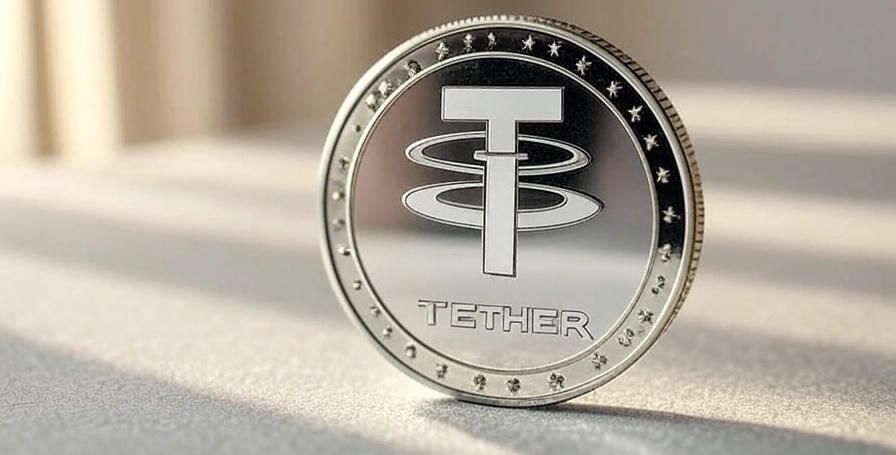
✓ Market Cap: ~$149.41
✓ billionPrice: ~$1.00
✓ Key Features: Pegged to USD, stablecoin, high liquidity.
✓ Use Cases: Trading medium, volatility hedge, remittances.
Tether (USDT) is the most popular stablecoin, designed to maintain a 1:1 peg with the U.S. dollar. It’s widely used by traders to move funds between cryptocurrencies without cashing out to fiat. In 2025, Tether’s adoption in countries like Bolivia for pricing goods and remittances highlights its real-world utility.
✓ Why It Stands Out:
• Stability: Its peg to the USD reduces volatility, making it ideal for trading and savings.
• Liquidity: USDT is integrated into nearly every major crypto exchange.
• Regulatory Progress: Clearer regulations in regions like Hong Kong boost its legitimacy.
✓ Challenges:
• Transparency Concerns: Past questions about Tether’s fiat reserves have raised skepticism.
• Centralization: Tether is controlled by a single entity, unlike fully decentralized cryptos.
Future Outlook: With stablecoin growth projected to reach $2 trillion by 2028, Tether remains a vital tool for navigating crypto volatility.
𝟰. 𝗫𝗥𝗣 – 𝗧𝗵𝗲 𝗖𝗿𝗼𝘀𝘀-𝗕𝗼𝗿𝗱𝗲𝗿 𝗣𝗮𝘆𝗺𝗲𝗻𝘁 𝗦𝗼𝗹𝘂𝘁𝗶𝗼𝗻

✓ Market Cap: ~$30.9
✓ billionPrice: ~$2.19
✓ Key Features: Fast transactions, low fees, Ripple-backed.
✓ Use Cases: Cross-border payments, financial institution partnerships.
XRP, created by Ripple in 2012, is designed for rapid, low-cost international payments. Its partnerships with banks like Santander and Bank of America make it a favorite among financial institutions. In 2025, XRP’s inclusion in the U.S. government’s crypto reserve and resolved SEC disputes have boosted its appeal.
✓ Why It Stands Out:
• Speed: XRP settles transactions in seconds, compared to days for traditional systems.
• Adoption: Over 300 financial institutions use Ripple’s network.
• Regulatory Clarity: The end of SEC lawsuits in 2025 strengthens investor confidence.
✓ Challenges:
• Centralization Criticism: Ripple’s control over XRP supply raises decentralization concerns.
• Price Stagnation: XRP didn’t surpass its 2018 high of $3.11 until 2025.
Future Outlook: XRP’s price could range from $1.80 to $5.25 in 2025, driven by increased adoption and regulatory support.
𝟱. 𝗕𝗶𝗻𝗮𝗻𝗰𝗲 𝗖𝗼𝗶𝗻 (𝗕𝗡𝗕) – 𝗧𝗵𝗲 𝗘𝘅𝗰𝗵𝗮𝗻𝗴𝗲 𝗨𝘁𝗶𝗹𝗶𝘁𝘆 𝗧𝗼𝗸𝗲𝗻
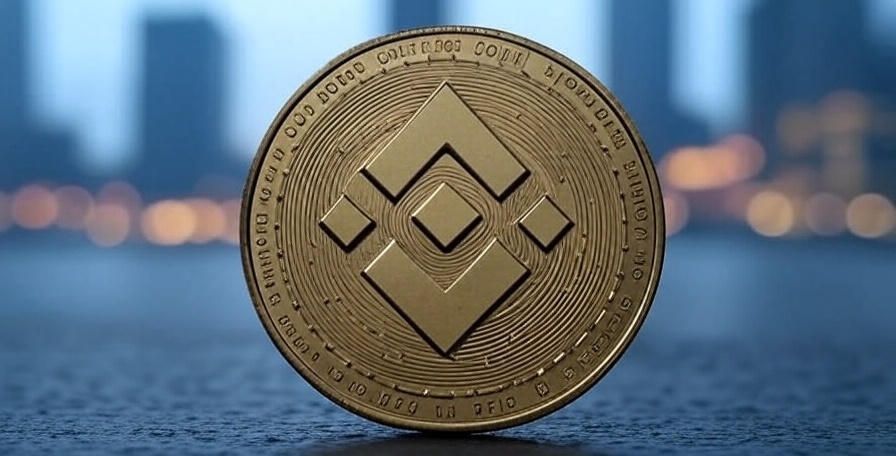
✓ Market Cap: ~$83.4
✓ billionPrice: ~$639.88
✓ Key Features: Binance ecosystem, PoS consensus, utility token.
✓ Use Cases: Trading fee discounts, DeFi, payments.
Binance Coin (BNB), launched in 2017 by the Binance exchange, has evolved into a versatile token used for trading, payments, and DApps within the Binance ecosystem. Its price grew from $0.10 in 2017 to $697.94 in December 2024.
✓ Why It Stands Out:
• Utility: BNB offers trading fee discounts and powers Binance’s DeFi and NFT projects.
• Ecosystem: Binance Smart Chain supports thousands of DApps.
•Growth: A 560,394% price increase since launch.
✓ Challenges:
• Centralization: Tied closely to Binance, raising regulatory risks.
•Competition: Faces challenges from faster blockchains like Solana.
Future Outlook: BNB’s integration into Binance’s vast ecosystem ensures its relevance, with strong growth potential in 2025
𝟲. 𝗦𝗼𝗹𝗮𝗻𝗮 (𝗦𝗢𝗟) – 𝗧𝗵𝗲 𝗛𝗶𝗴𝗵-𝗦𝗽𝗲𝗲𝗱 𝗕𝗹𝗼𝗰𝗸𝗰𝗵𝗮𝗶𝗻

✓ Market Cap: ~$96 billion
✓ Price: ~$142.40
✓ Key Features: High-speed transactions, PoS, scalable.
✓ Use Cases: DeFi, NFTs, gaming.
Solana, launched in 2020, is a high-performance blockchain capable of processing thousands of transactions per second. Its rapid growth and vibrant ecosystem make it a top Ethereum competitor.
✓ Why It Stands Out:
• Speed: Up to 2,600 TPS, with potential for 1 million TPS via the Firedancer upgrade.
• Ecosystem: Hosts popular DeFi and NFT projects.
• Growth: Significant price appreciation since launch.
✓ Challenges:
• Centralization Concerns: Critics argue Solana sacrifices decentralization for speed.
• Network Outages: Past outages raised reliability questions.
Future Outlook: Solana’s price could reach $495–$590 in 2025, driven by upgrades and growing adoption.
𝟳. 𝗨𝗦𝗗 𝗖𝗼𝗶𝗻 (𝗨𝗦𝗗𝗖) – 𝗧𝗵𝗲 𝗥𝗲𝗴𝘂𝗹𝗮𝘁𝗲𝗱 𝗦𝘁𝗮𝗯𝗹𝗲𝗰𝗼𝗶𝗻
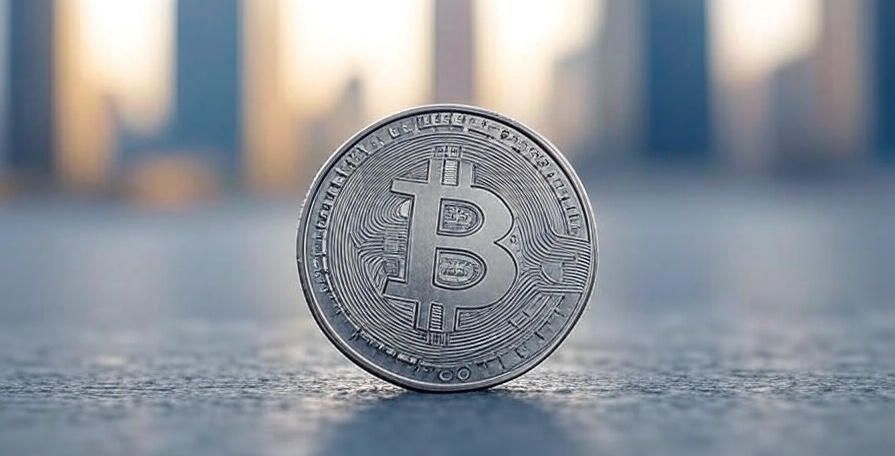
✓ Market Cap: ~$55.9 billion
✓ Price: ~$1.00
✓ Key Features: USD-pegged, regulated, transparent.
✓ Use Cases: Trading, savings, remittances.
USD Coin (USDC), launched in 2018 by Circle, is a regulated stablecoin pegged to the USD. Its transparency and compliance make it a trusted choice for investors.
✓ Why It Stands Out:
• Regulation: Backed by U.S.-regulated reserves.
• Adoption: Widely used across exchanges and DeFi platforms.
• Stability: Maintains a stable $1 value.
✓ Challenges:
• Centralization: Controlled by Circle, less decentralized than other cryptos.
• Competition: Faces rivalry from Tether and other stablecoins
Future Outlook: USDC’s regulatory compliance ensures its role in the growing stablecoin market.
𝟴. 𝗧𝗥𝗢𝗡 (𝗧𝗥𝗫) – 𝗧𝗵𝗲 𝗘𝗻𝘁𝗲𝗿𝘁𝗮𝗶𝗻𝗺𝗲𝗻𝘁 𝗕𝗹𝗼𝗰𝗸𝗰𝗵𝗮𝗶𝗻

✓ Market Cap: ~$13.9 billion
✓ Price: ~$0.2733
✓ Key Features: Low fees, fast transactions, DApp ecosystem.
✓ Use Cases: Content creation, DeFi, payments.
TRON, founded in 2017, aims to decentralize the internet by empowering content creators. Its high throughput and low fees make it popular for DeFi and stablecoin transactions.
✓ Why It Stands Out:
• Scalability: Processes over 8 million daily transactions.
• Adoption: Integrated with 20 million Southeast Asian merchants via AEON.
• Ecosystem: Supports gaming platforms like TRON Arcade.
✓ Challenges:
• Centralization: Critics question TRON’s governance model.
• Competition: Faces rivalry from Ethereum and Solana.
Future Outlook: TRON’s focus on DeFi and real-world utility supports its growth potential.
𝟵. 𝗗𝗼𝗴𝗲𝗰𝗼𝗶𝗻 (𝗗𝗢𝗚𝗘) – 𝗧𝗵𝗲 𝗠𝗲𝗺𝗲 𝗖𝗼𝗶𝗻 𝗚𝗶𝗮𝗻𝘁
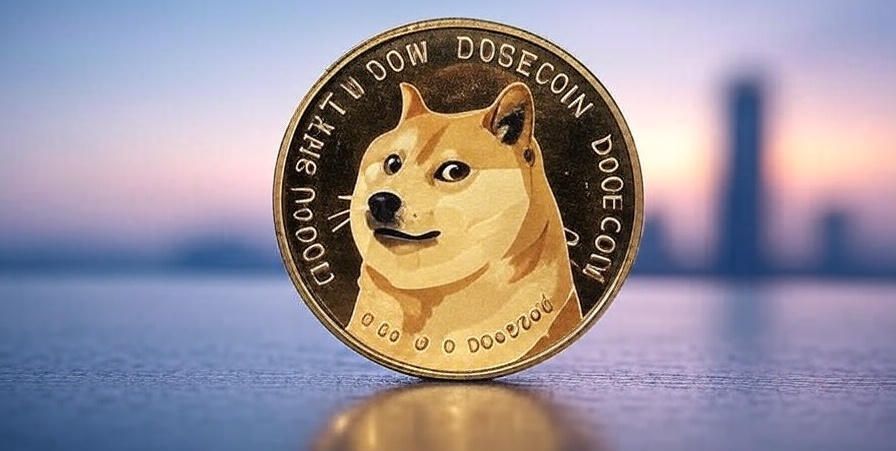
✓ Market Cap: ~$16.9 billion
✓ Price: ~$0.1633
✓ Key Features: Community-driven, unlimited supply, PoW.
✓ Use Cases: Tipping, payments, community projects.
Dogecoin, created in 2013 as a joke, has become a cultural phenomenon, driven by endorsements from figures like Elon Musk. Its vibrant community and growing payment adoption keep it relevant.
✓ Why It Stands Out:
• Community: A passionate global fanbase.
• Adoption: Accepted by some merchants for payments.
• Resurgence: Gained traction in 2024–2025 due to Musk’s influence.
✓ Challenges:
• Unlimited Supply: Risks devaluation over time.
• Limited Utility: Lacks the robust use cases of other cryptos.
Future Outlook: Dogecoin’s price could range from $0.166 to $1.14 in 2025, depending on market sentiment.
𝟭𝟬. 𝗖𝗮𝗿𝗱𝗮𝗻𝗼 (𝗔𝗗𝗔) – 𝗧𝗵𝗲 𝗥𝗲𝘀𝗲𝗮𝗿𝗰𝗵-𝗗𝗿𝗶𝘃𝗲𝗻 𝗕𝗹𝗼𝗰𝗸𝗰𝗵𝗮𝗶𝗻
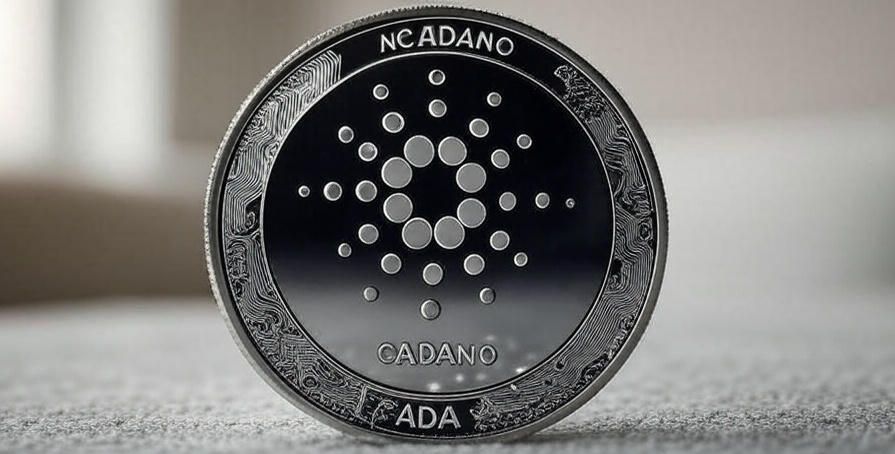
✓ Market Cap: ~$25.6 billion
✓ Price: ~$0.73
✓ Key Features: PoS, research-based, scalable.
✓ Use Cases: DeFi, smart contracts, global partnerships.
Cardano, founded by Charles Hoskinson, emphasizes sustainability and scalability. Its academic approach and energy-efficient PoS model set it apart.
✓ Why It Stands Out:
• Energy Efficiency: 1.6 million times more efficient than Bitcoin.
• Scalability: Hydra upgrades aim to boost transaction capacity.
• Partnerships: Expanding in Africa and Latin America.
✓ Challenges:
• Slow Adoption: Fewer DApps compared to Ethereum.
• Centralization Concerns: Critics question its governance.
Future Outlook: Cardano’s roadmap, including USDM stablecoin integration, supports growth potential.
𝗪𝗵𝘆 𝗜𝗻𝘃𝗲𝘀𝘁 𝗶𝗻 𝗖𝗿𝘆𝗽𝘁𝗼𝗰𝘂𝗿𝗿𝗲𝗻𝗰𝗶𝗲𝘀 𝗶𝗻 𝟮𝟬𝟮𝟱?
The crypto market in 2025 offers compelling opportunities:Institutional Adoption: Hedge funds, banks, and corporations are embracing crypto.Regulatory Clarity: Frameworks like the EU’s MiCA enhance investor confidence.Innovation: DeFi, NFTs, and AI integration drive new use cases.Global Reach: Over 860 million users worldwide, with revenue projected at $45.3 billion.However, crypto is volatile and risky. Always conduct thorough research and consider consulting a financial advisor.
𝗛𝗼𝘄 𝘁𝗼 𝗦𝘁𝗮𝗿𝘁 𝗜𝗻𝘃𝗲𝘀𝘁𝗶𝗻𝗴 𝗶𝗻 𝗖𝗿𝘆𝗽𝘁𝗼𝗰𝘂𝗿𝗿𝗲𝗻𝗰𝗶𝗲𝘀
Choose a Reliable Platform: Use trusted exchanges like Binance, Coinbase, or Kraken.Secure Your Assets: Store crypto in secure wallets like TU Wallet or Ledger.Diversify: Spread investments across stablecoins, blue-chip cryptos, and emerging tokens.Stay Informed: Follow crypto news on platforms like CoinMarketCap or X.Manage Risks: Only invest what you can afford to lose.
𝗖𝗼𝗻𝗰𝗹𝘂𝘀𝗶𝗼𝗻
The top 10 cryptocurrencies in 2025—Bitcoin, Ethereum, Tether, XRP, BNB, Solana, USDC, TRON, Dogecoin, and Cardano—offer a mix of stability, innovation, and growth potential. From Bitcoin’s role as digital gold to Solana’s high-speed blockchain, each crypto has unique strengths and challenges. As the crypto market evolves, staying informed and cautious is key. Whether you’re a beginner or a seasoned investor, these cryptocurrencies represent the forefront of a financial revolution. Start exploring, invest wisely, and join the future of finance!

